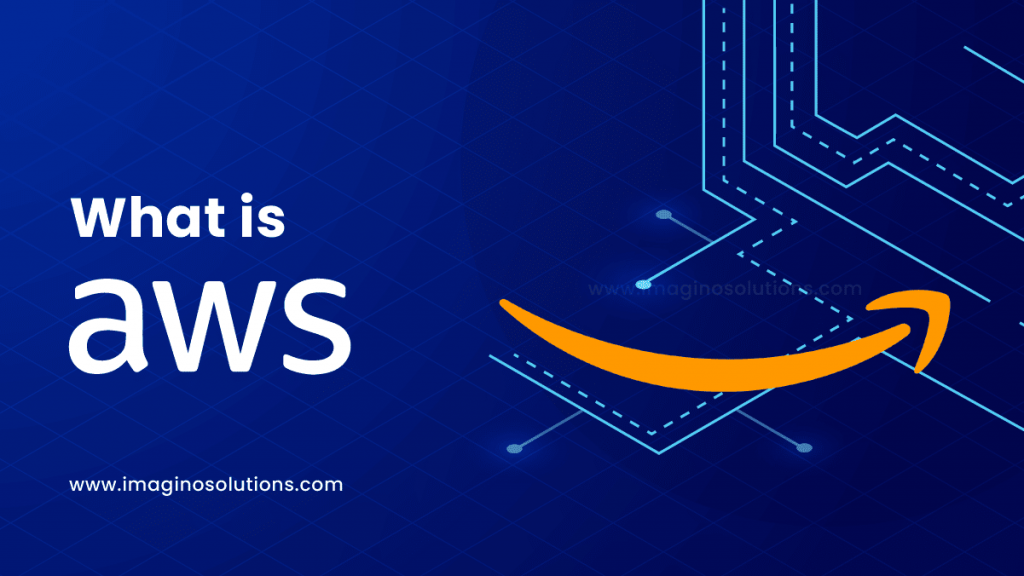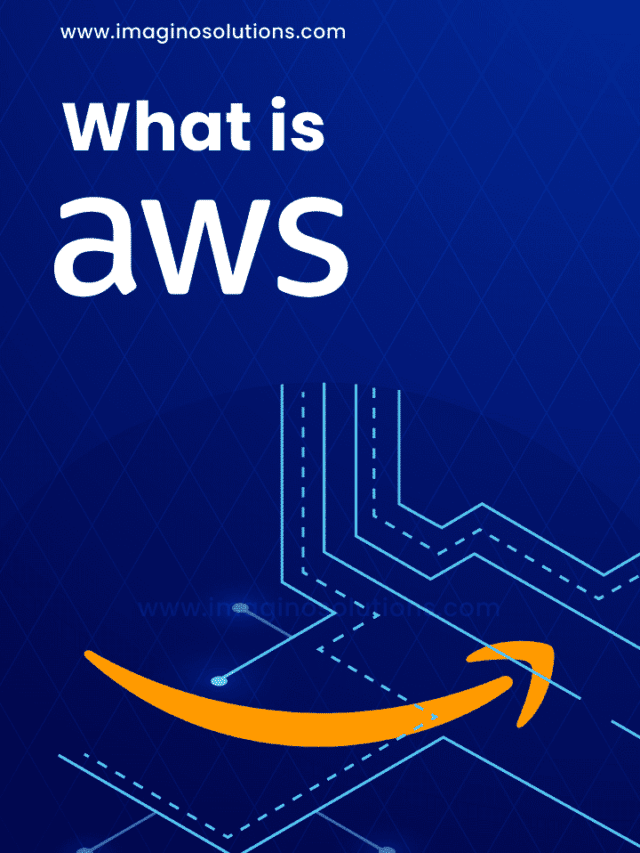Table of Contents
What is AWS?
Amazon web service (AWS) is an online platform that provides scalable and cost-effective cloud computing solutions. AWS manages and maintains hardware and infrastructure, saving organizations and individuals the cost and complexity of purchasing and running resources on site. These resources may be accessed for free or on a pay-per-use basis. AWS is a broadly adopted cloud platform that offers several on-demand operations like compute power, database storage, content delivery, etc., to help corporates scale and grow.
History of AWS
- In the year 2019- Released approximately 100 cloud services
- In the year 2016- AWS snowball and AWS snowmobile were launched
- In the year 2016- Surpassed the $10 billion revenue target
- In the year 2015- AWS achieved $4.6 billion
- In the year 2012 – AWS had its first customer event
- In the year 2006- AWS cloud products were launched
Let’s look at some popular services offered by Amazon Web Services
1. Compute Service
AWS Compute helps developers build, deploy, and scale an application on the cloud platform. AWS provides a range of Compute Services, Amazon EC2, AWS Lambda, Amazon Lightsail, and more.
Amazon EC2 (Elastic Compute Cloud) It is a web service that allows developers to rent virtual machines and automatically scales the compute capacity when required. It offers various instance types to developers so that they can choose necessary resources such as CPU, memory, storage, and networking capacity based on their application requirements.
AWS Lambda is a serverless compute service. It is also responsible for executing code for applications. With AWS Lambda, you can run code for any application with zero administration. It helps you execute a program without the hassle of managing servers.
Amazon Lightsail is a cloud service offered by Amazon Web Services (AWS) that can use to web host your applications and websites. The technology provides the simplest way to manage Virtual Private Servers.
2. Networking
AWS Networking allows creating a fast, reliable, and secure network. AWS has various network services like Amazon VPC, Amazon Route 53 and more.
Amazon VPC is the network environment in the cloud. It enables creating a private network within the AWS cloud that utilizes most of the same concepts and constructs as an on-premises network. Amazon VPS gives the user complete control of the network configuration.
Amazon Route 53 is a highly scalable and available cloud Domain Name System (DNS) website. The design is specific for the developers & businesses, offering reliable and cost-efficient ways to route end users to Internet applications. Admins can balance network traffic with the Elastic Load Balancing (ELB) service, which includes the Application Load Balancer and Network Load Balancer.
3. Database Services
AWS database domain service offers cost-efficient, highly secure, and scalable database instances in the cloud. AWS Database Services offer different services like Amazon RDS, Amazon DynamoDB etc.
Amazon RDS is a Database AWS service, it can easily set up and helps developers operate and scale a relational database in the cloud more straightforwardly.
Amazon DynamoDB is a flexible NoSQL database service that offers fast and reliable performance with no scalability issues. It is a multi-region and durable database with instant built-in security, backup and restores features.
4. Storage
AWS offers different types of storage services like Amazon S3, Amazon Glacier, and more with choices for backup, archiving, and recovery of lost data.
Amazon S3 (Simple Storage Service) is object storage designed to provide infinite storage with a simple web service interface. Amazon S3 is used as primary storage for cloud-native applications to target backup and recovery and disaster recovery. It is an open cloud-based storage service that is utilized for online data backup.
Amazon Glacier is an extremely low-cost storage service. Amazon Glacier is a secure, low-cost, fast storage for data archiving and long-term backup. Since the data stored in it takes certain hours to retrieve, making it is ideal for achieving.
5. Migration
Migration services are used to transfer data physically between your data center to AWS. DMS (Database Migration Service) service can be used to migrate on-site databases to AWS. It helps you to migrate from one type of database to another — for example, Oracle to MySQL. SMS (Server Migration Service) enables the user to migrate on-site servers to AWS quickly.
Benefits of AWS
- Strong Security
Amazon Web Services creates a sustainable and secure technology platform To ensure the security and integrity of your data, Amazon’s data centers and services have different levels of physical and operational security. AWS also conducts regular audits to ensure the security of your infrastructure.
It also implements security best practices and provides documentation on how to use AWS security features. It ensures data availability, integrity, and confidentiality, and provides end-to-end privacy and security.
AWS has tried to keep its data centers as hidden as possible, locating them in out-of-the-way locations and allowing access only on an essential basis. Amazon AWS is quite serious about the cloud security they provide. Their latest addition to security services is the Amazon Detective, which makes data investigations faster and more efficient.
- Cost Savings
One of the most promising Amazon Web Services advantages includes its pay-as-you-go pricing model. This implies that you pay only for the specific service that you subscribe to and only for the time you need it for. Therefore, companies pay for what they use. There’s no upfront cost to build a storage system and no need to estimate usage. AWS customers use what they need, and their costs are scaled automatically and accordingly. When a new account is created, access to over 60 AWS services is offered for free. However, these free offers are further subdivided into three offers depending on the type of product a business decides to use.
- Flexibility and Openness
Amazon Web Service is the operating system and language independent. You can choose the programming style or development platform that will bring the most value to your business.
Amazon Web Services are platform-agnostic to operating systems and languages. You can select the programming model or development platform that can be most beneficial for your business. Businesses receive a virtual environment that lets them access software and services that the specific application requires. Thus, no restrictions or rigid protocols when subscribing to Amazon cloud services that not only help ease cloud migration, but also help build new solutions.
Also, you can use the programming languages, architectures, operating systems, and databases you are familiar with. In this manner, there won’t be any need for your IT personnel to pick up new skills, and the overall time to market and productivity will significantly improve.
- Scalable and Adaptable
The AWS Cloud lets you iterate, experiment, and innovate quickly on its massive global cloud infrastructure. To take advantage of scalability, AWS can easily handle an increased workload by allocating resources based on demand, always within minutes. You can also use new applications instead of waiting months for hardware and avoid premature resource provisioning for projects with short lifecycles and different consumption rates.
Conclusion
In today’s market space where on-demand services are on the rise, Amazon Web Services (AWS) has emerged as a viable solution for businesses looking for reliable, scalable, and inexpensive cloud computing services. Whether you are a startup or an established enterprise, AWS is an ideal solution that can offer extensive cost savings, maximum uptime, and continuous support – a great return on investment, indeed. If you have any doubts about AWS, feel free to contact us for free consulting.


